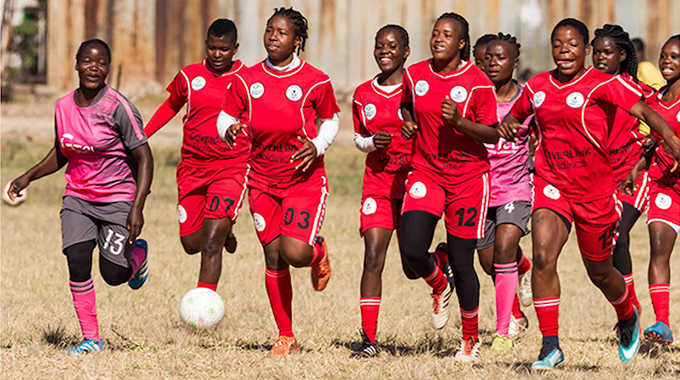Zimbabwe’s internet penetration rate increases

Ivan Zhakata in ZHOMBE
ZIMBABWE’S internet penetration rate has increased with broadband network extension remaining an issue, Minister of Information Communication Technology, Postal and Courier Services Dr Jenfan Muswere has said.
Speaking at the commemoration of the International Day for Universal Access to Information held in Zhombe yesterday, Dr Muswere said Government was making endless efforts to provide access to information across all provinces.
The Postal and Telecommunications Regulatory Authority of Zimbabwe (POTRAZ) second quarter report of 2022 showed that Internet penetration stood at 61.3 percent.
The event which was hosted by POTRAZ was attended by senior Government officials, traditional chiefs, captains of industries, representatives from mobile network operators and the local residents.
“Broadband network extension remains an issue. Whilst the country’s broadband coverage may be high, significant portions of the population remain unconnected.
“As our Internet penetration tracks our GNI per capita with Internet penetration rate at 61.3 percent, still almost half of the country’s population remains offline. The barriers to Internet use for many people are therefore, not that they are not covered by a signal, but that people do not have the resources to get online, the primary barriers being the cost of devices as well as the price of data,” said Minister Muswere.
Dr Muswere said affordability of devices and lack of awareness remained the main barriers to internet use in marginalised.
He said while human development was necessary in dealing with ‘digital inequity’, alternative strategies to extend affordable access to communications were urgent.
Said Dr Muswere.”We simply cannot carry on doing things the way we have been doing and expect the exponential changes we require. Today, we have launched a number of Community Information Centres (CICS) in this Province, which among other benefits, will hopefully extend that affordable access to communications.
“Technological forms of exclusion are a reality for significant segments of Zimbabwe’s population and that ‘digital exclusion’ reinforces and deepens existing ‘social exclusion’. Despite the hype around smartphones connecting the poor, the ‘digital divide’ between the poor and the rich remains significant.”
He said Government, through his ministry was seized with the ICT development of the country.
“We strive to ensure that we leave no one and no place behind as we journey towards the attainment of the first National Development Strategy 1 (NDS1) in particular digital economy,” Dr Muswere said.
POTRAZ director-general Dr Gift Machengete said as the ICT sector regulator, the mandate was to ensure that there was an enabling environment for information to flow freely and for information to reach as far and wide as possible.
“In so doing and in the spirit of leaving no one and no place behind in the information highway, POTRAZ has been rolling out a number of ICT access and use programmes and projects,” he said.
“One such project is the Community Information Centre project, which has culminated in the launch of Zhombe CIC, which we have just witnessed. Zhombe CIC is one among a host of many other CICs dotted around the country – 170 in total and an additional 32 on the way.
“Additionally, to ensure universal access to information, POTRAZ is funding the relocation of collocated towers around the country to ensure communities in these remote rural areas have at least 2G connectivity and participate in the digital economy,” Dr Machengete said.









Comments